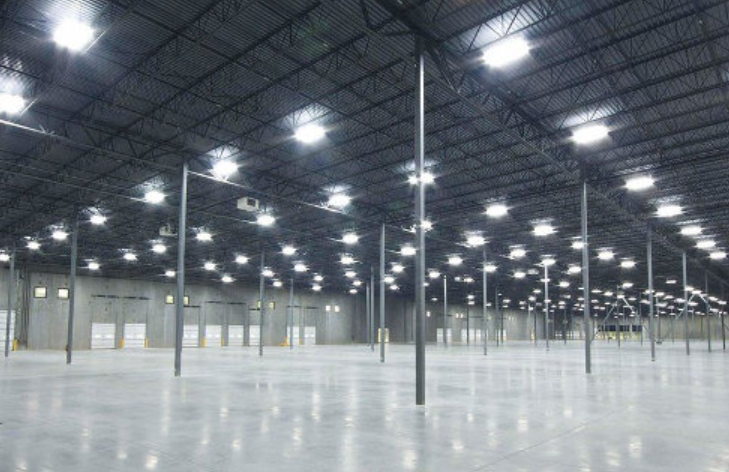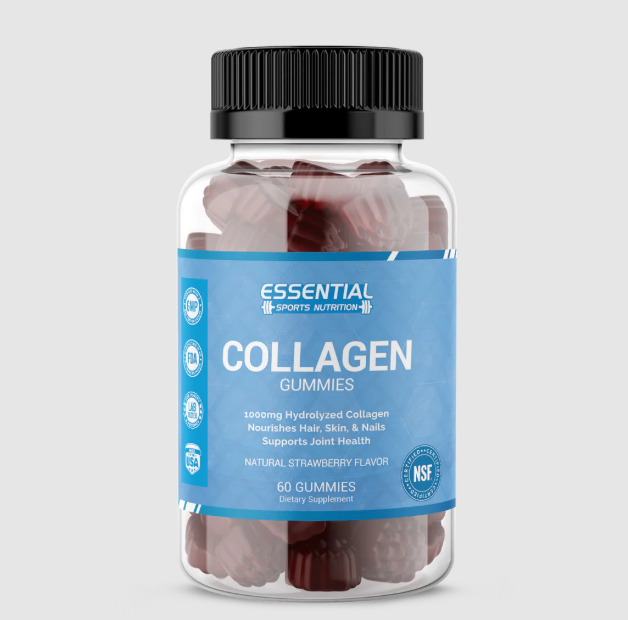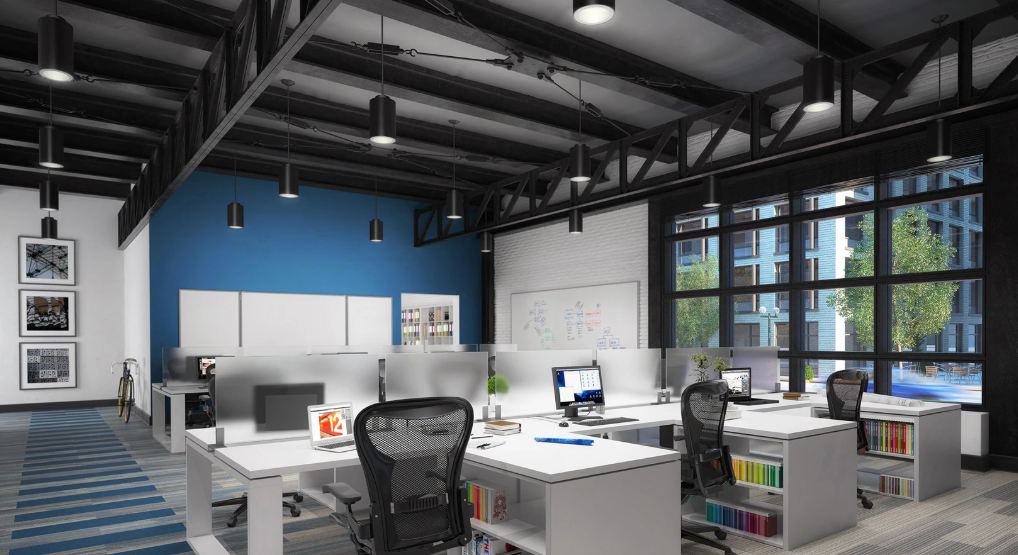The Advantages of Using Industrial LED Lights for Modern Workspaces

Strong 8k brings an ultra-HD IPTV experience to your living room and your pocket.
In the current rapid industrial environment, lighting is important in maintaining efficiency, safety, and cost-effectiveness. Incandescent and fluorescent bulbs, which have been the traditional lighting solutions, are rapidly being substituted by industrial LED lights because of their better performance and energy efficiency. Industrial LED lights are used in warehouses, factories, and outdoor facilities, offering many advantages that make them the best option for contemporary industries.
1. Energy Efficiency and Cost Savings
One of the largest benefits of industrial LED lights is their remarkable energy efficiency. LEDs use much less power than old lighting technologies and provide much brighter light. This decrease in power usage directly equates to lower electrical costs, and thus, LED lighting is an economical option for large industrial areas that need extreme illumination.
In addition, LED lights do not produce much heat, decreasing the need for extra cooling mechanisms. Unlike incandescent bulbs, which use much energy as heat, LEDs convert much energy to light. The efficiency makes them a good choice for warehouses and factories where temperatures must be controlled.
2. Longevity and Durability
Industrial settings require lighting that can handle tough conditions. LED lights boast a remarkable lifespan, typically between 50,000 hours or more. Compare this to conventional bulbs, which may need to be replaced frequently, resulting in higher maintenance costs and downtime.
LED lights are made with durable materials that make them resistant to shock, vibration, and extreme heat. Such resistance assures them they will keep working in harsh environments like intense manufacturing facilities, refrigerated warehouses, and construction sites outdoors.
3. Improved Safety and Visibility
Safety is a top concern in industrial environments, and proper lighting is important in preventing accidents. Inadequate lighting can create workplace hazards such as slips, falls, and machinery accidents. Industrial LED lighting offers high-intensity, uniform lighting, avoiding shadows and glare that may obscure visibility.
In addition, LED lights have no toxic substances like mercury used in fluorescent lamps. This reduces their environmental risks and makes them simpler to dispose of. Further, the instant-on capability of LED lights provides instant light without flickering, enhancing response time during emergencies.
4. Environmental Benefits
LED lighting has become the green solution as businesses compete to go green. LEDs use less electricity, reducing carbon emissions and overall environmental impact. While fluorescent bulbs emit poisonous chemicals if they break, LEDs do not contain hazardous chemicals, making them safer for recycling and disposal.
Governments and regulatory agencies across the globe are encouraging the use of energy-efficient lighting technology to minimize industrial energy usage. Businesses can be part of sustainability initiatives while gaining from tax credits and rebates by transitioning to LED technology.
5. Versatility in Applications
LED lighting is extremely versatile and can be applied to various industrial uses. From warehouses and manufacturing plants to parking lots and outdoor work areas, LED lights provide customized solutions for diverse lighting requirements. Some of the typical applications are:
● High Bay LED Lights – Suitable for warehouses, manufacturing facilities, and gymnasiums, offering consistent lighting in vast areas.
● Flood LED Lights – Utilized for exterior security lighting, building sites, and stadiums because they produce high intensity.
● Explosion-Proof LED Lights – Specially made for dangerous environments like chemical plants, oil refineries, and mining operations.
LED lighting solutions can be tailored to suit industrial requirements, making them the most sought-after option for companies seeking to boost efficiency and productivity.
6. Smart Lighting and Automation
With technological development, industrial LED lighting systems have smart features such as motion sensors, dimming controls, and remote monitoring. These capabilities enable companies to maximize energy consumption by adjusting light brightness automatically in response to occupancy and daylight availability.
Industrial IoT (Internet of Things) platforms can be integrated with automated lighting systems to present real-time data on maintenance requirements and energy consumption. This way, industries can lower operational costs and improve overall efficiency.
Conclusion
The shift to industrial LED lights is a business game-changer for companies seeking to enhance energy efficiency, lower costs, and promote a better workplace safety environment. LED lights are the perfect lighting source for industry because of their longevity, strength, and environmentally friendly attributes.
With continuing developments in industries, investing in LED lighting technology will yield an instant profit and pave the way for an eco-friendly and cost-friendly future. LED lighting is the most suitable option for industrial use in large industrial plants, open-air facilities, or high-security sites today.
Note: IndiBlogHub features both user-submitted and editorial content. We do not verify third-party contributions. Read our Disclaimer and Privacy Policyfor details.







